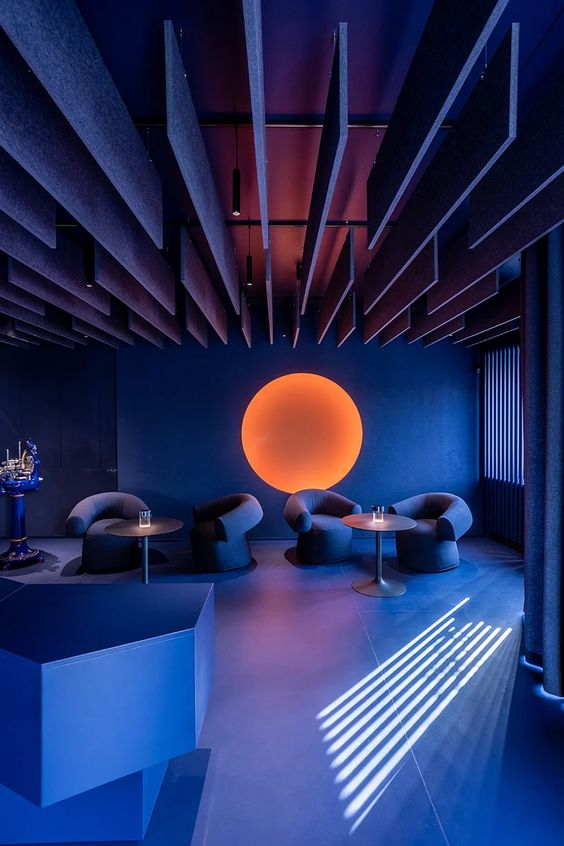What is interior design
Interior design is the art and science of enhancing the interior of a building to achieve a healthier and more aesthetically pleasing environment for the people using the space. This process involves several key elements and stages that work together to create functional and beautiful interiors.
The first step in interior design is understanding the client's needs and preferences. Designers meet with clients to discuss their requirements, budget, and vision for the space. This stage is crucial for gathering information and establishing the scope of the project.

Next, designers create a space plan. This involves analyzing the space and determining the best layout to maximize functionality and flow. Space planning includes the arrangement of furniture, fixtures, and equipment to ensure efficient use of the space.
After the space plan is developed, designers focus on selecting materials and finishes. This includes choosing colors, fabrics, flooring, lighting, and other elements that contribute to the overall aesthetic of the space. Designers must consider both the visual appeal and the practical aspects of these materials.
Furniture selection is another important aspect of interior design. Designers choose furniture pieces that complement the style of the space and meet the functional needs of the occupants. This stage involves considering factors such as comfort, durability, and scale.
Lighting design is also a critical component. Proper lighting enhances the functionality and ambiance of a space. Designers plan the placement and type of lighting fixtures to create the desired mood and ensure adequate illumination for various activities.
In addition to aesthetics, interior designers consider the technical aspects of a space. This includes ensuring that the design complies with building codes and regulations, as well as addressing issues such as acoustics, climate control, and electrical systems.
Once the design plan is finalized, the implementation phase begins. This involves coordinating with contractors and suppliers to bring the design to life. Interior designers oversee the installation of furniture, finishes, and fixtures to ensure that everything is executed according to the plan.
Finally, the project is completed with a final walkthrough. Designers review the finished space with the client to ensure that all aspects meet their expectations and requirements. Any necessary adjustments are made to achieve the desired outcome.
Interior design is a multifaceted profession that requires creativity, technical knowledge, and strong project management skills. By combining these elements, interior designers create spaces that are not only visually appealing but also functional and comfortable for their occupants.
